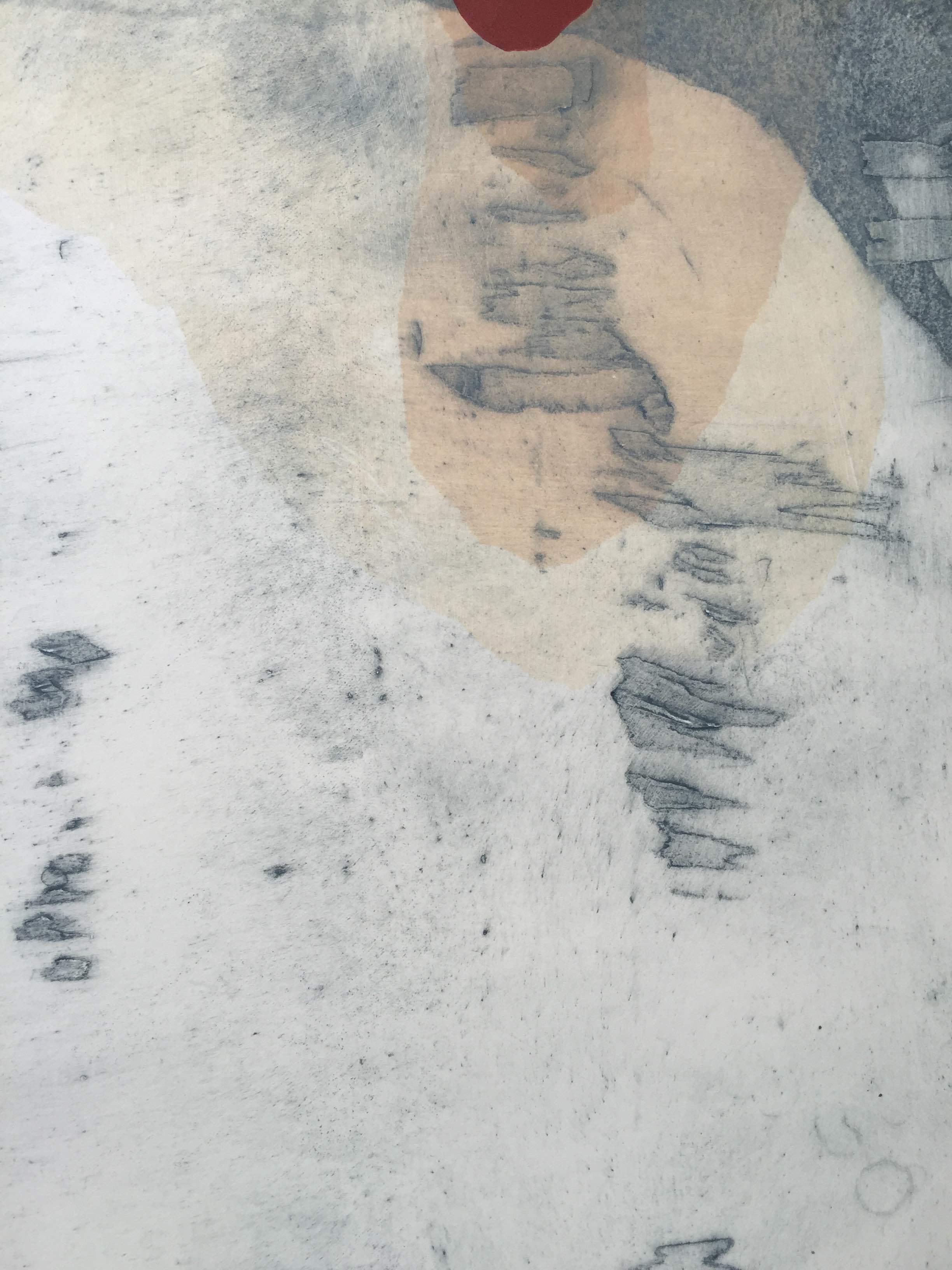Jonathan Andrews
Monstrosity is an ongoing body of work with the intent to embrace the perversity of image making. Locating the non-procreative nature of the queer as indexical to monstrosity, Monstrosity takes aim by adopting the reproductive qualities of kitsch. On a mission to mutate, grow and multiply, the work strives to come alive and infiltrate culture en-mass like an uncontrollable virus.
Website: www.jonathan-david-andrews.com
Instagram: https://www.instagram.com/jonathandavidandrews/
Jodi Clark explores outmoded societal constructs and the either/or binaries of gender and sexuality, providing a divergence from the ‘norm’ and presenting the ‘other’.
Olivia Wilson
Walking induces a meditative process that facilitates the consolidation of ideas and experiences informed by the environments in which I traverse. This primal state offers an imaginative freedom pivotal in discovering the essence of a landscape.
Jane Guthleben takes the language from image editing software such as Photoshop and smart phone apps and asks - What is it to make a painting in a digital age?
Digital technologies base their methods and terminology on traditional drawing and painting practices, yet mark-making takes place in a virtual space behind glass, using a finger, mouse-pad or stylus and other bits and bytes.
In this series of portraits, Jane reinterprets the language of new technologies, using collage, airbrush, layers, wallpaper, shadows, brushes and other tools to create physical paintings. In work that also visually puns, she mimics the digital terminology in a very analogue way.
Chrystal Rimmer has just completed her BFA at the National Art School, Sydney.
Her practice contemplates contemporary notions of ecology and the dichotomy of nature and culture. She explores hybrid enviroments which evolve from the clash of artificial materials, human experience and human intervention.
Empirical knowledge of the landscape forms a large part Rimmer's practice, she uses an amalgamation of materials consisting of high and low quality materials drawing on the clash of artificial and organic habitats.
Rimmer is influenced by J.M.W. Turner, and the suprematists Kasimir Malevich and Kurt Schwitters who experiment with expression and representation of landscapes, architecture and habitat.
Mollie Rice
My interest lies in urban spaces when viewed from inside, outside, underneath and above.
After bending flat galvanised steel (a material of construction and structural support) a conversation between two and three dimensions began.
The layers of presence in urban spaces are evoked in the surface treatment of the steel forms. These layers, at once visible and imperceptible, tangible and intangible, were suggestive of natural resources, people, systems and the passage of time.
Lisa McCleary’s work examines sexting navigated through ephemeral communication technology and evaluates the act of subverting private sexual transmissions. It explores the recent development in temporal communication technology, placing focus on the application Snapchat and how it has affected cyber-sex culture. She interrogates whether altering the outlook of the viewer from intimate and isolated to one of mass consumption can affect our response to, and understanding of the image. Elements of McCleary’s studio-based practice contrasts and complies with characteristics of the application, engaging with themes of privacy, anonymity, constructed identity, temporality and the manipulated image. She employs laborious traditional methods including collage, embroidery, tapestry and photorealist painting to render these private ephemeral communications public and permanent and to highlight the temporal nature of this online discourse.







Charcoal and pastel on paper, 300 x 130 cm, 2016